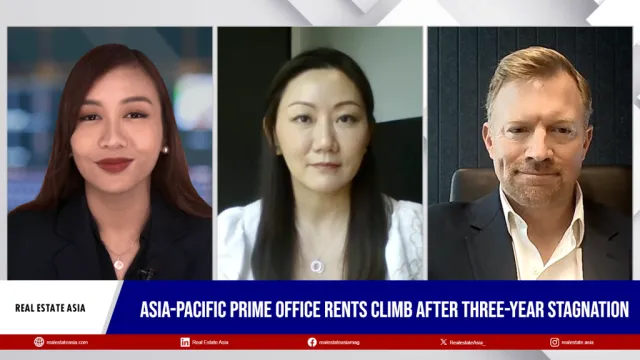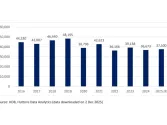
Tokyo residential market to continue its positive momentum in 2025
Thanks to the strong demand and supply fundamentals.
Tokyo's residential market demonstrated consistent strong performance in 2024, and Savills noted in a report that this positive momentum looks to continue moving into 2025. In Q4/2024, rental growth was recorded across all wards in the 23W, reflecting strong demand throughout the city.
“Robust net migration has helped to drive demand in the Tokyo residential market, with foreign nationals accounting for approximately 90% of the net inflow between September and November 2024. It should be noted, however, that Japanese migration is still strong and concentrated during the peak spring moving season, while foreign national migration is spread more evenly throughout the year,” the report added.
Here’s more from Savills:
As companies continue to scale back remote work policies, demand for housing near centrally located offices is expected to rise, supported by meaningful wage growth. Meanwhile, peripheral wards will also remain popular, with demand coming from those who continue to work from home or families looking for larger living spaces. Additionally, elevated construction and land costs have constrained supply and increased for-sale condominium prices, likely pricing many out of buying and driving rental growth moving forward.
Overall, strong demand and supply fundamentals continue to support positive momentum, ensuring that the Tokyo rental market will continue to thrive over the coming year. Wage growth trends have also been strong especially for large companies, and Small and Medium-sized Enterprises (SMEs) will be pressured to follow suit, and some zombie companies or weaker SMEs could gradually be eliminated.
Furthermore, while promising overall, wage growth is not evenly distributed, meaning that submarket analysis will be more important than before. Indeed, some bifurcation persists in the market - prime locations and units that are close to public transport hubs are highly sought after, while areas with poorer access may experience lower demand.



















 Advertise
Advertise




